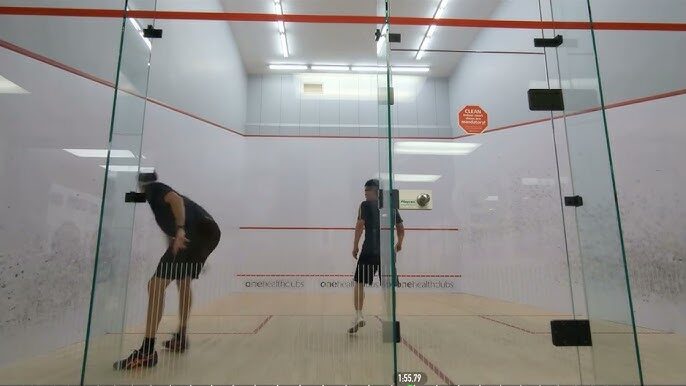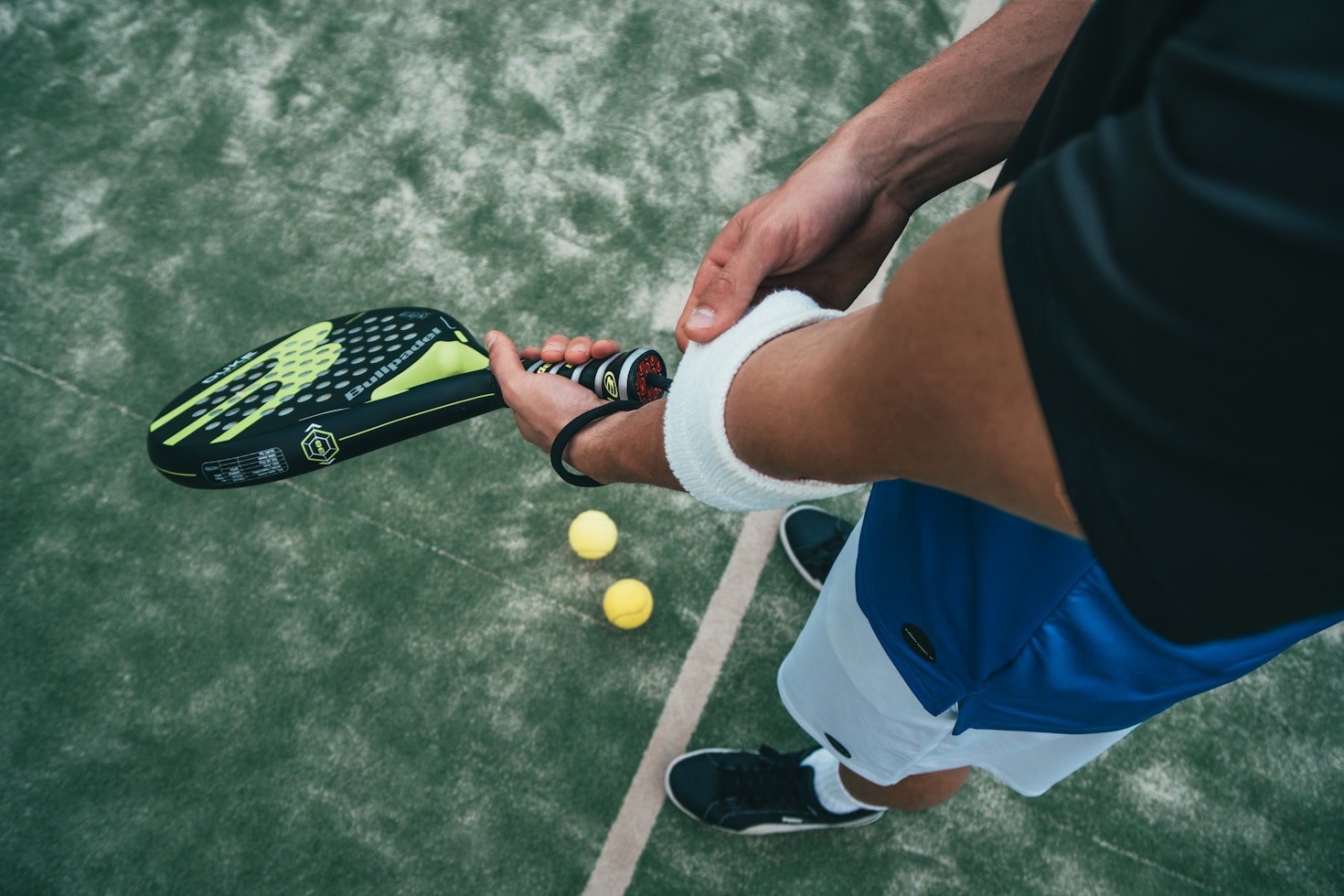Squash is a fast-paced, dynamic sport that demands a high level of skill, strategy, and endurance, especially when played at a competitive level. To truly excel in competitive squash, players need more than just basic skills. They need to master advanced techniques that allow them to control the court, outsmart their opponents, and dominate every rally. This article explores essential advanced squash techniques for competitive players, helping players take their game to the next level.
1. Developing a Powerful Serve
A strong serve is the foundation of any successful squash game. An effective serve can set the tone of the match and put pressure on your opponent from the start. To master your serve, focus on the following variations:
- The High Serve: Aimed at the back corners of the court, this serve pushes your opponent deep into the backcourt, forcing them to play defensively.
- The Low Serve: Keeping the ball low to the front wall, this serve keeps your opponent at the T, limiting their movement and forcing them into awkward positions.
- The Reverse Serve: Adding unpredictability, this serve involves a change of direction, creating confusion and putting your opponent on the defensive.
By practicing different serves and placements, you can control the pace of the game and dictate how the rally begins.
2. Perfecting the Drop Shot
The drop shot is one of the most effective weapons in a competitive player’s arsenal. It’s a delicate shot that requires precision and deceptive placement to surprise your opponent. Here’s how to perfect it:
- Grip and Stance: Use a relaxed grip, allowing you to execute the shot with finesse. Position your body correctly to make the shot look like a regular drive before suddenly dropping it close to the front wall.
- Angles and Deception: Create angles that force your opponent to move quickly and unpredictably. By hitting the ball just past the service box, you can make it difficult for your opponent to reach in time.
When executed correctly, the drop shot can force your opponent into the front corner, giving you the opportunity to dominate the rally.
3. Mastering the Boast
The boast shot is another advanced technique that helps move your opponent around the court. The boast involves hitting the ball to the side walls, making it bounce at an angle towards your opponent’s backcourt. By using the boast effectively:
- Use Variations: Mix between forehand and backhand boasts, as well as cross-court boasts, to keep your opponent guessing.
- Strategic Placement: The boast should be used strategically to push your opponent out of position, allowing you to control the center of the court.
Mastering the boast helps you control the flow of the game by varying the angles and timing of your shots.
4. The Lunge and Recovery
Efficiency in movement is essential for competitive players. The lunge and recovery are crucial for covering the court quickly and effectively. Here’s how to master both:
- The Lunge: To execute a powerful lunge, focus on proper footwork, with your body weight moving forward. Keep your balance as you stretch toward the ball, ensuring you don’t overreach or lose stability.
- Quick Recovery: After lunging, recover as quickly as possible by pushing off with the back foot and positioning yourself at the T, ready for the next shot.
Practicing the lunge and recovery helps you stay in control of the rally and maintain positioning on the court.
5. Attack vs. Defense: Knowing When to Switch Gears
One of the keys to success in squash is the ability to transition between attack and defense seamlessly. Knowing when to be aggressive and when to defend can make all the difference.
- Attacking: Use pace and placement to push your opponent around the court. Attack with short, sharp shots aimed at the corners or drop shots when your opponent is out of position.
- Defending: If under pressure, focus on getting the ball back to the center of the court. Keep your opponent guessing with defensive shots that buy you time to reset.
Mastering this balance will help you control the tempo of the game and adapt to different situations.
6. Mental Toughness and Strategy
The mental aspect of squash is just as important as physical skill. Competitive players need to remain calm under pressure and stay focused during long rallies.
- Focus and Concentration: Stay mentally engaged throughout the match. Avoid distractions and keep your mind sharp.
- Reading the Opponent: Pay attention to your opponent’s weaknesses and adapt your strategy accordingly. Adjust your game plan during the match to exploit any vulnerabilities.
Developing mental toughness ensures you can stay competitive throughout intense matches, helping you outlast your opponent in critical moments.
7. Advanced Fitness and Conditioning for Squash
Squash requires peak physical fitness to maintain speed, agility, and endurance. To improve your conditioning for squash:
- Agility Training: Focus on lateral movements and quick directional changes. Ladder drills and cone exercises help improve agility.
- Endurance: Long rallies require sustained stamina. Interval training, running, and cycling can help build cardiovascular endurance.
- Core Strength: A strong core improves your balance, stability, and power, all essential for explosive movements during matches.
A well-rounded fitness routine that includes these areas will give you the physical edge needed to excel in competitive squash.
Conclusion
Mastering advanced squash techniques is essential for any player looking to compete at a high level. Whether it’s refining your serve, drop shot, boast, or mental game, these techniques help you dominate the court and outsmart your opponent. With regular practice, attention to fitness, and a strategic mindset, you can elevate your squash game and achieve greater success in competitive play.
FAQs
What are the most important advanced squash techniques to master?
The most important advanced techniques include mastering the serve (particularly the high, low, and reverse serves), perfecting the drop shot for precision, and using the boast strategically to move your opponent around. Additionally, being able to transition seamlessly between attack and defense is crucial for competitive play.
How can I improve my serve for competitive squash?
To improve your serve, focus on varying the placement, speed, and angles. Practice high, low, and reverse serves, aiming to keep your opponent off-balance and in the back corners. Also, work on your timing and accuracy to ensure you are consistently executing a strong and unpredictable serve.
What drills can help improve my drop shot in squash?
To improve your drop shot, practice targeting the front corners of the court with both forehand and backhand drop shots. Work on maintaining a relaxed grip, executing with subtlety, and keeping your opponent guessing with deceptive angles.
How do I balance attack and defense during a match?
Balancing attack and defense involves knowing when to be aggressive and when to play conservatively. If you’re on the offensive, focus on pushing your opponent to the corners. If you’re defending, concentrate on staying calm, resetting the rally, and aiming to return the ball to the center. Always stay adaptable and read the match flow.




